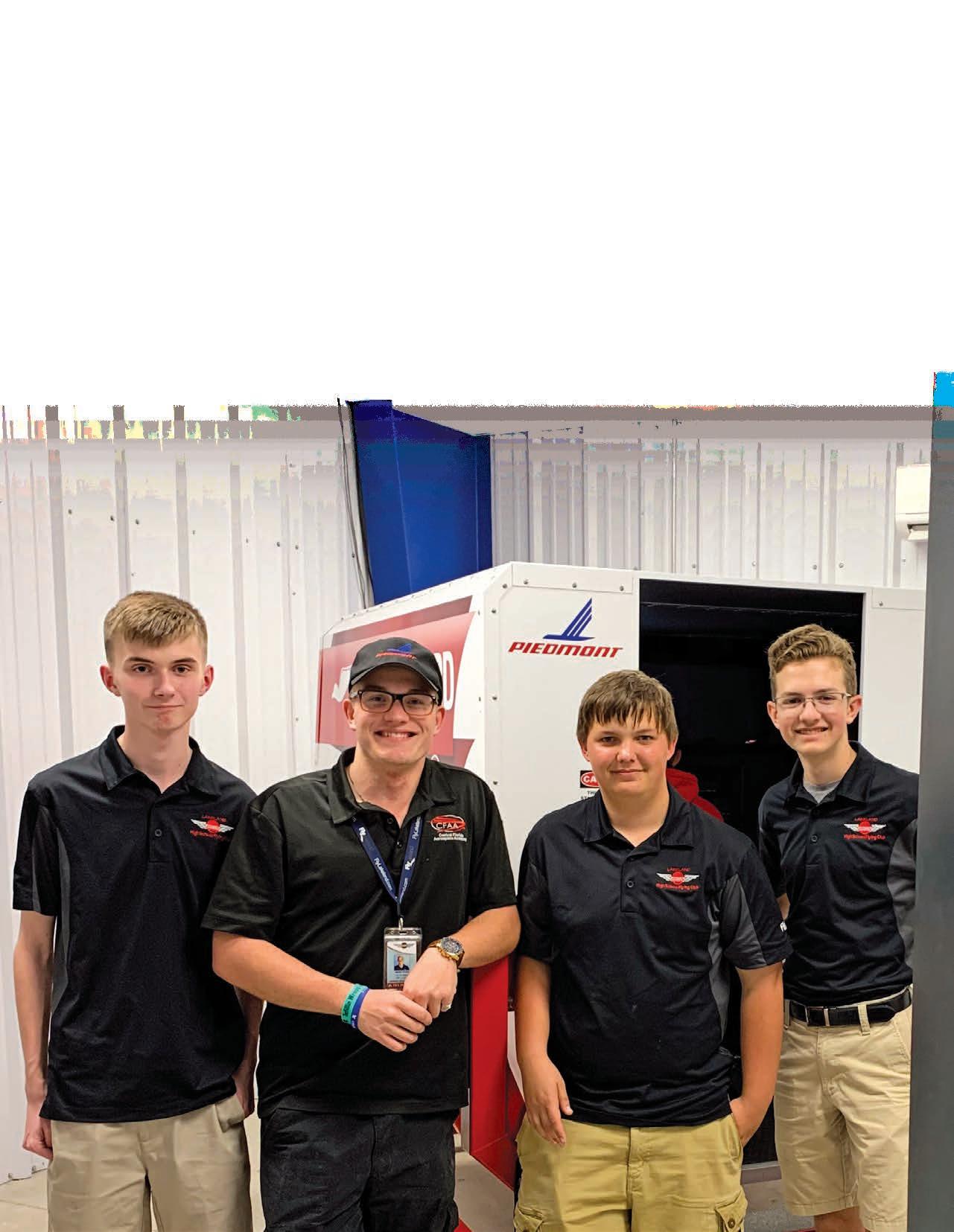Join the New Most pilots dream of flying an aircraft higher and higher, continuing to climb out of the Earth’s atmosphere like a Federation starship until they see the curvature of our beautiful planet. Only 566 human beings to date have left Earth’s gravity and seen our world from above 100 km or 328,000 ft. It’s a select few. To understand just how select of a group this really is, divide that number by the estimated 7.8 billion people currently living today, and you get a percentage so small that you almost need to be an astronaut or a rocket scientist to figure it out. It’s around one millionth of one percent. All of the first astronauts were pilots. In fact, in 1959, NASA screened the records of 508 military test pilots, and chose 110 candidates. They eventually weaned them down to the group known as the “Mercury Seven.” They were relatively small in height and weight in order to fit into the various spacecraft of that era. Some had engineering degrees, some did not. Two common denominators were experience and intellect. On average they had approximately 3,500 flight hours each with an IQ ranging from 135 to 147. Because the astronauts would have to both monitor the cabin environment and make necessary adjustments, piloting skills were seen as a necessity. They had to continuously know their position and altitude, read instruments, and use manual controls to perform tasks like descending from orbit. Sixty-one years later and NASA’s new 2020 candidates and application process looked a little different. First, it was a fully public search where applicants applied through something called the internet using a technological device commonly known as a computer. That process was quite different from the late 1950s and 1960s when their equipment had the computing power of a modern-day calculator. In total, more than 12,000 people applied to join what NASA calls the “Artemis Generation,” a new class of
astronauts to help the agency return humans to the moon and reach outward to Mars. Like the original astronauts, you need to work hard, and have extensive schooling, particularly in a STEM field. Being a pilot or even a military veteran is no longer a requirement, but it is definitely a plus. What is also important, similar to the early days of human spaceflight, is good old-fashioned work experience. The latest round of NASA applicants were able to substitute some of their education, if needed, for 1,000 hours or more of pilot-in-command time in jet aircraft. Like with most newer jets, you need to know and understand the newer advanced avionics and electronic systems. New spacecraft almost entirely rely on data from sensors and electronic equipment. In the new Lockheed Martin Orion spacecraft, for example they use Honeywell’s Flight Control Modules that are similar to the Boeing 787. In fact, it’s expected computers do most of the busy work for the majority of future space programs, while humans supervise. On the plus side, and older pilots may relate to this, it relieves astronauts from the long checklists and flicking what felt like an endless number of switches. However, like in the old days and even present day, one must be prepared if something goes wrong in space. For instance, you might need to take manual control of the spacecraft, but ultimately, in space, it’s your responsibility to fix it, perhaps with assistance from another crew member or mission control. In terms of on the job training, NASA does train all of their new astronauts on spacecraft systems and robotics, but also in other ‘softer’ skills such as leadership, followership and teamwork. However, often to even be selected by NASA, you have to be passionate, physically fit, demonstrate that you can work well in a group, and be likeable. Yes, likeability is important because if you are going to be in close quarters with someone for any extended period of time, you better hope that you have a decent personality and can get along with people. If not, there could be a risk of you being ejected into the cold and darkness of space by your peers.
Beyond NASA
Regardless if you become a NASA astronaut one day or not, all of the skills previously discussed are useful in other newer ‘space’ focused institutions. This includes the U.S. Space Force. Launched in late 2019, the Space Force is a new branch of the











